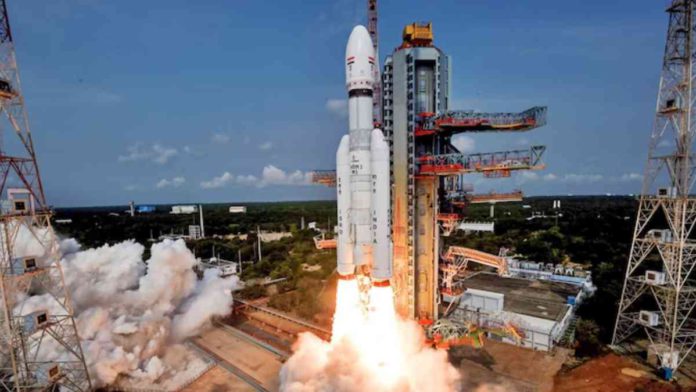Indians around the nation are celebrating the landing of Chandrayaan-3 on the moon. In addition to making India the first nation to reach the lunar south pole, this accomplishment attracts the interest of numerous space organizations that are curious about the water ice potential. According to ISRO, artificial intelligence significantly aided the moon landing project.
In order to ensure a safe touchdown on the lunar surface, the AI-driven sensors were crucial. By anticipating lunar topography, spotting potential dangers, and expertly navigating its descent, the technology assisted the lander in reducing risks and boosting safety.
A sensor array made up of velocimeters and altimeters was highlighted by ISRO Chairman S. Somnath as a technological achievement. A series of cameras, including a hazard avoidance camera and inertia-based cameras, gather essential views while these instruments offer crucial data on the lander’s speed and altitude. A detailed image identifying the exact location of the lander is created by smoothly integrating these data streams using cutting-edge computer algorithms.
Read More: UK to Invest £100m in AI Chips Production Amid Global Competition
AI will also be useful when the rover is exploring the moon. AI algorithms will offer direction in terms of detecting and mapping fascinating lunar features and determining the rover’s most effective path for exploration. In the analysis phase, AI will take front stage as the spaceship gathers crucial data. AI also will assist in revealing insights that conventional methods were unable to gather.
In a wide range of industries, AI is quickly becoming a vital tool and space exploration is no exception. Speedy data analysis, predictive insights, autonomous navigation, mission operation optimization, anomaly detection, and other benefits are made possible by the AI technology in space exploration.
India has become the fourth country to accomplish this after the US, Russia, and China with the successful landing of Chandrayaan-3. According to ISRO, the mission’s three main objectives are to demonstrate a safe and gentle lunar surface landing, illustrate how a rover can move across the lunar surface, and conduct in-situ scientific investigations.


